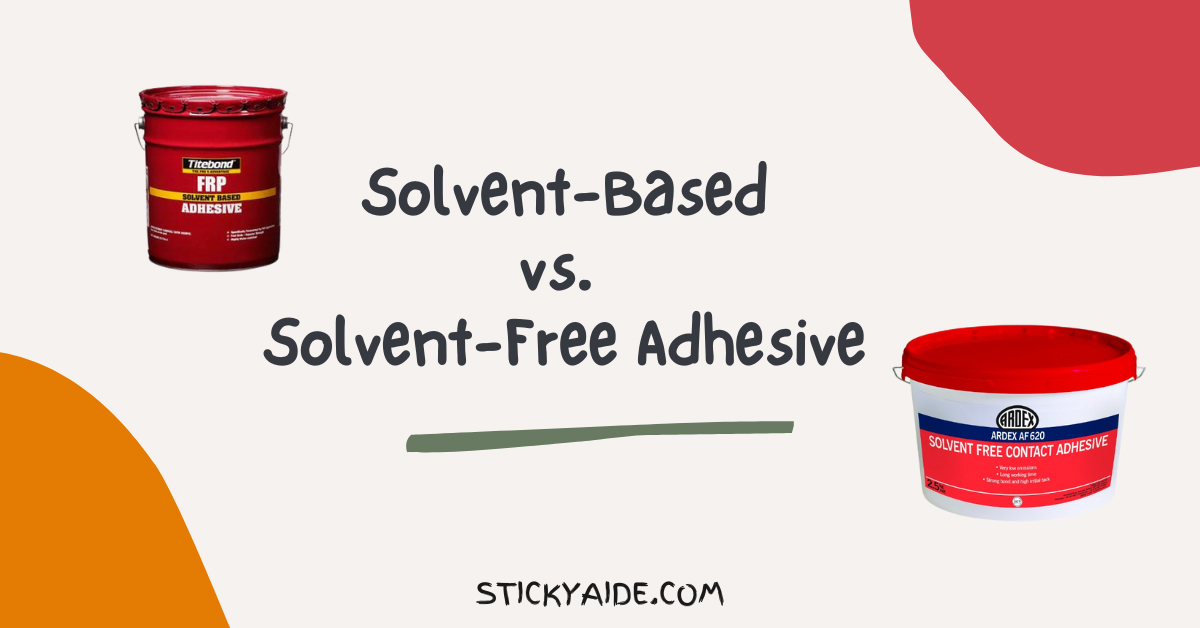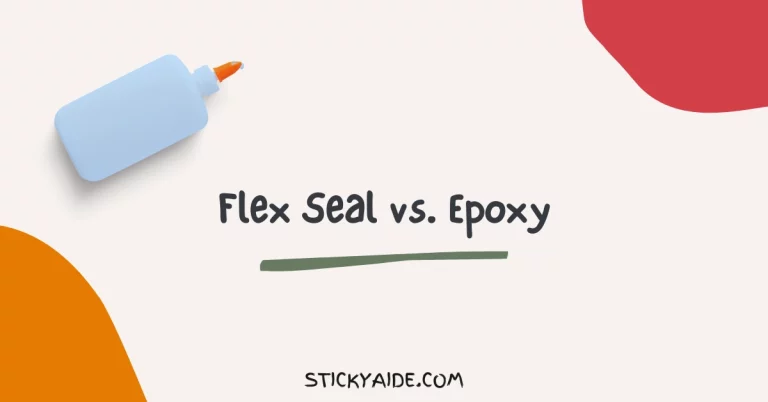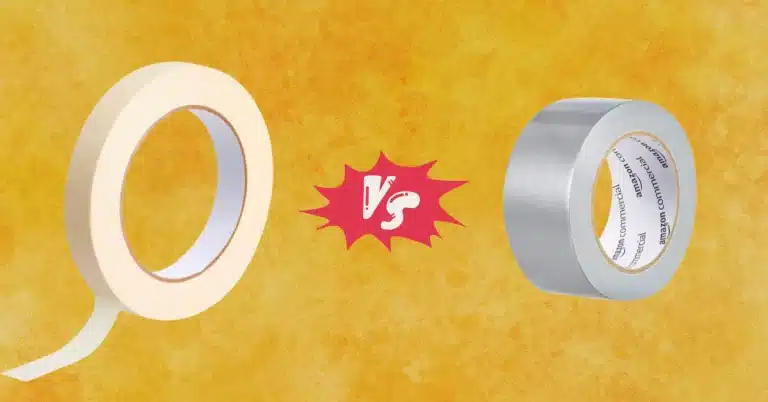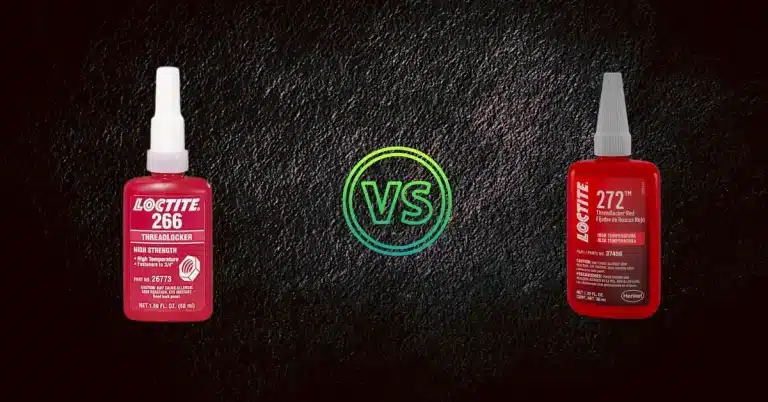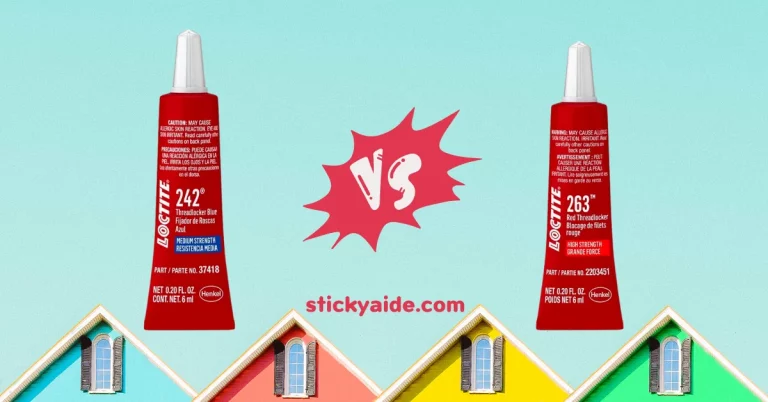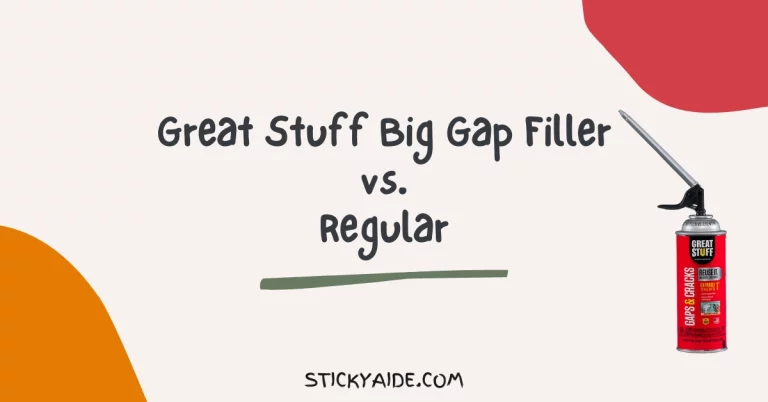Solvent-free adhesives have been on the rise in recent years, as they promise to be safer than solvent-based options. But what are they exactly? Is it better to use solvent-free adhesives? If so, which adhesive should you choose when bonding different materials?
This article will discuss the differences between solvent-based and solvent-free adhesives and help you decide which is best for your project!
What are Solvent-Based Adhesives?
A solvent-based adhesive is an adhesive that uses a liquid solvent to dissolve the adhesive so that it can be spread easily and evenly over a surface.
The advantage of using a solvent-based adhesive is that it can be applied to various surfaces, including both porous and non-porous surfaces.
Solvent-based adhesives have good adhesion to most surfaces and offer good heat, water, and chemical resistance. However, they can be toxic and flammable, so they must be used with caution.
Read More: Construction Adhesive vs. Wood Glue
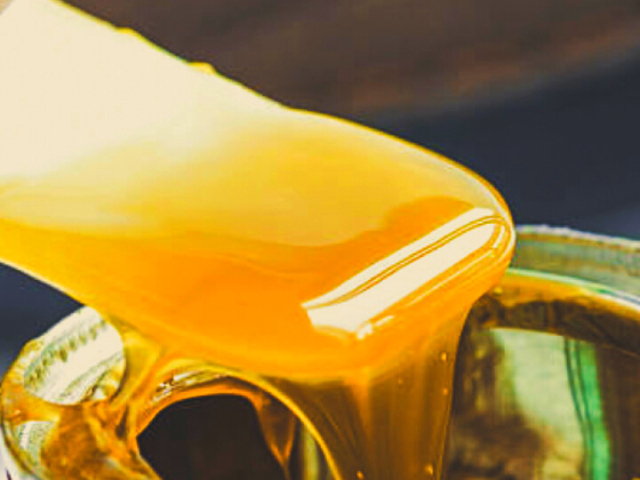
What are Solvent Free Adhesives?
A solvent-free adhesive is defined as an adhesive that does require only 5% of a solvent for it to be effective. Solvents are liquids that can dissolve other materials and are often used to thin adhesives so that they can spread more quickly.
They can also be used to remove adhesives from surfaces. However, solvent-free adhesives do not require the use of solvents and are therefore more environmentally friendly.
They are also often more effective, as solvents can weaken the bond between the adhesive and the surface.

Solvent vs. Solvent Free Adhesive
Differences Between Solvent & Solvent Free Adhesive
1. Solvent-based adhesives are typically more aggressive than solvent-free adhesives. This means they wet out the substrates more readily and provide stronger initial bonding. Solvent-based adhesives also typically have faster drying times than solvent-free adhesives.
2. Solvent-based adhesives have a more pronounced odor than solvent-free adhesives. This is because the solvents used in these adhesives evaporate more readily, which can cause strong fumes.
3. Solvent-based adhesives are more flammable than solvent-free adhesives. This is because the solvents used in these adhesives are more volatile and can catch fire more easily.
4. Solvent-based adhesives have lower VOC (volatile organic compound) levels than solvent-free adhesives. This is because the solvents used in these adhesives evaporate more readily, which reduces the amount of VOCs emitted.
5. Solvent-based adhesives have higher solids content than solvent-free adhesives. This means that they have a higher percentage of the adhesive material left on the substrate after drying.
6. Solvent-based adhesives have stronger bonding strength than solvent-free adhesives. This is because the solvents used in these adhesives help wet out the substrates more readily and provide stronger initial bonding.
7. Solvent-based adhesives typically have longer open times than solvent-free adhesives. This means they take longer to set up and reach full bonding strength.
8. Solvent-based adhesives have higher heat resistance than solvent-free adhesives. This is because the solvents used in these adhesives evaporate more slowly at high temperatures, which prevents the adhesive from breaking down.
9. Solvent-based adhesives have better chemical resistance than solvent-free adhesives. This is because the solvents used in these adhesives help to protect the adhesive material from breaking down in the presence of chemicals.
10. Solvent-based adhesives are typically more expensive than solvent-free adhesives. This is because the solvents used in these adhesives generally are more expensive than those used in solvent-free adhesives.
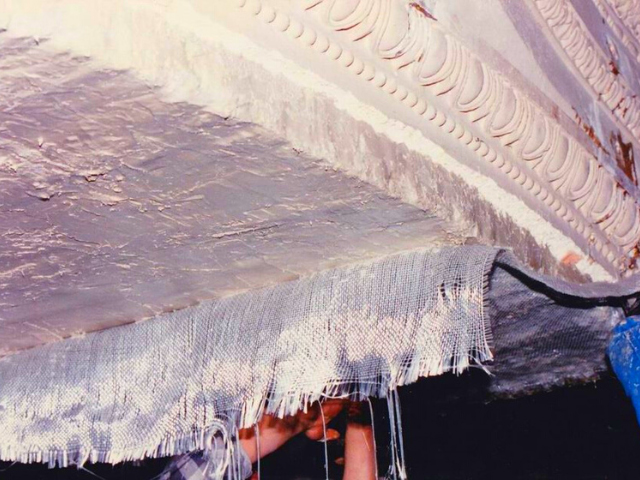
When to Apply Solvent-Based Adhesives?
Solvent-based adhesives are best for applications requiring light-duty adhesion, such as glass or plastic laminates, film-to-foil laminate and glass-to-glass joints.
They’re also good for temporary or short-duration bonding applications where you don’t want to use a permanent adhesive.
The solvent will evaporate quickly after application allowing you to peel apart two objects without damaging either one if you change your mind about their adhesion point later on.
They produce fumes during drying, so proper ventilation is important when using these glues—solvents include methylene chloride, isopropyl alcohol and ethylene dichloride.
When to Apply Solvent Free Adhesives?
Although the solvent-free adhesive is ideal for hospitals, it may not be suitable for your specific application. To decide which type of adhesive to use, consider your own needs and carefully review each product’s specifications.
A solvent-free adhesive might be best if you have a strong odor sensitivity or desire an environmentally friendly option that doesn’t require solvents.
These adhesives tend to offer high bond strength without requiring a curing cycle; however, it can take longer to apply solvent-free adhesives than conventional options because no foaming agents are present.
Curing times also vary significantly between products, so make sure you understand how long you’ll need to wait before handling your newly applied coating or patch!
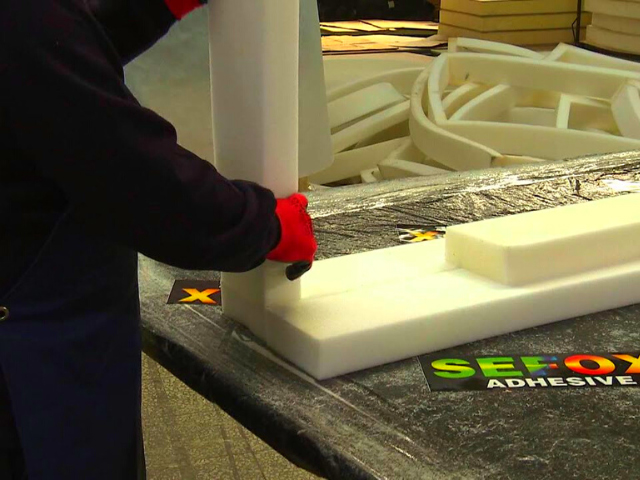
Tips for Successful Application
No matter what kind of adhesive you choose, make sure to follow any application guidelines provided by your manufacturer.
When it comes to solvent-based adhesives, remember that you’ll need to purge your system with clean air. So if you’re working in a confined space (such as under a vehicle), make sure there’s plenty of room for ventilation before getting started.
Even better, always use an inert gas such as nitrogen or argon during application instead of compressed air; these gasses can help clear away any solvent fumes produced during coating, leaving less chance for accidental exposure later on.
As far as solvents go, remember that they’re flammable and toxic – so make sure to work in a well-ventilated area and avoid getting them in your eyes or mouth.
Is solvent-free adhesive better?
There are many benefits to using a solvent-free adhesive over traditional solvents. One of these is that it’s safer for your health and environment, as there are no volatile organic compounds (VOCs) in solvent-free adhesives.
What is a solvent-based adhesive used for?
Solvent-based adhesives are commonly used on various substrates, including wood, glass, metal and plastic. They are so popular because they can adhere to such a wide range of materials and typically cure in as little as 15 seconds (no baking required).
They work by dissolving some of the surface material and becoming part of it to create a strong bond resistant to heat, moisture and chemicals.
Last Opinion
However, there are trade-offs between solvents and solvent-free adhesives. Whether you choose a solvent or solvent-free adhesive is up to you, but no matter what, it’s essential to know exactly what you’re getting into with your decision.
Some considerations may include price, the longevity of product use, and whether or not your project calls for long-term stability under certain conditions that may affect solvents and adhesives over time (e.g., heat).
Finally, I hope that you found our guide helpful and informative in deciding about solvent vs. solvent-free adhesives.
If so, feel free to share it with others who may need some professional advice on adhesives. Thanks for reading, and happy bonding!

